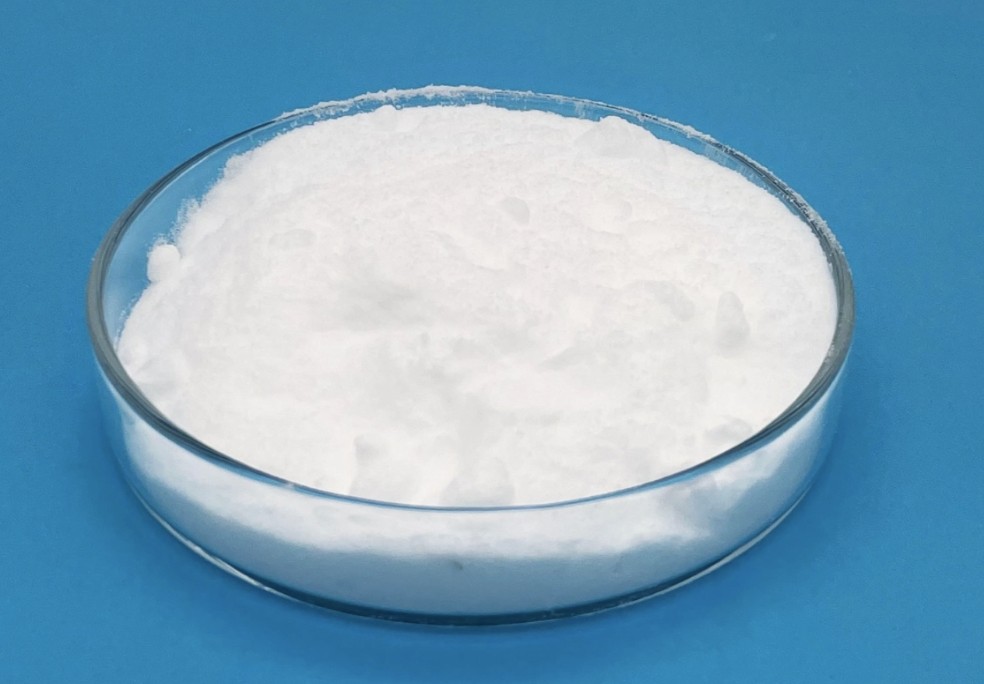Nome do Produto: Lidocaína
Another Name: Xylocaine
CAS:137-58-6
MF:C14H22N2O
MW:234.34
Ensaio:99%
Aparência: pó branco
Uso:can be used to relieve pain
Lidocaína, xylocaine, or lignocaine is a common local anesthetic and class-1b antiarrhythmic drug. Lidocaine is used topically to relieve itching, burning, and pain from skin inflammations, injected as a dental anesthetic, or as a local anesthetic for minor surgery.It is on the World Health Organization's List of Essential Medicines, a list of the most important medications needed in a basic healthcare system.
Lidocaine is the most important class-1b antiarrhythmic drug; it is used intravenously for the treatment of ventricular arrhythmias (for acute myocardial infarction, digoxin poisoning, cardioversion, or cardiac catheterization) if amiodarone is not available or contraindicated.
Lidocaine should be given for this indication after defibrillation, CPR, and vasopressors have been initiated. A routine prophylactic administration is no longer recommended for acute cardiac infarction; the overall benefit of this measure is not convincing.
O perfil de eficácia da lidocaína como anestésico local é caracterizado por um rápido início de ação e duração intermediária de eficácia. Portanto, lidocaína é adequada para infiltração, bloquear, e anestesia superficial. Substâncias de ação mais prolongada, como a bupivacaína, às vezes recebem preferência para anestesias subdurais e epidural; lidocaína,no entanto, tem a vantagem de um rápido início de ação.
Relative insensitivity to lidocaine is genetic.In hypokalemic sensory overstimulation, relative insensitivity to lidocaine has been described in people who also have attention deficit hyperactivity disorder.In dental anesthesia, uma relativa insensibilidade à lidocaína pode ocorrer por razões anatômicas devido a posições inesperadas dos nervos. Algumas pessoas com síndrome de Ehlers-Danlos são insensíveis à lidocaína.
Lidocaína, along with ethanol, ammonia, and acetic acid, has also been proven to be effective in treating jellyfish stings, both numbing the affected area and preventing further nematocyst discharge.
| Items Tested |
Especificação |
BP2007 |
Resultado |
| Personagens |
White or slightly yellow crystal powder with characteristic odor |
White crystal powder with weak odor |
| Ponto de fusão |
Ponto de fusão: 66 degree to 70 degree |
66.6 degree-68.5 degree |
| Identificação |
BCDE
Comply with the requirement |
Em conformidade |
| Appearance of solution |
Clear and colorless |
Em conformidade |
| Água |
Not more than 0.5% |
0.3% |
| Sulphate |
Not more than0. 1% |
Em conformidade |
| Chloride |
Not more than 0. 0035% |
0.0025% |
| Metais pesados |
Not more than 0.002% |
0.001% |
| Resíduo na ignição |
Not more than 0.1% |
0.02% |
Impureza
(26-dimethylaniline content) |
Not more than 0.01% |
Em conformidade |
| Ensaio (HPLC) |
99.0%-101.0% |
99.50% |






















